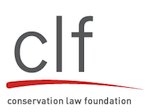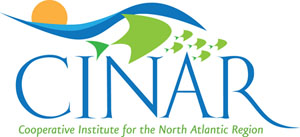The Indicators Reporting Tool is an interactive web-based device that allows users to view different data affecting the Gulf of Maine in categories that include aquaculture, aquatic habitat, climate change, coastal development and nutrients.
The Gulf of Maine Council on the Marine Environment’s (GOMC) Ecosystem Indicator Partnership (ESIP) developed the tools to assist users in obtaining information about systems in the Gulf.
So much data relevant to the health of Gulf ecosystems is found in no other one place, say researchers. ESIP developers of the tool plan to continue adding to it and updating it. After its introduction the Reporting Tool was reviewed at a workshop for potential users. Changes suggested and followed-up upon included moving the tool to a GoogleMap platform.
Viewers may select information on indicators such as eelgrass or tidal restrictions all along the coasts surrounding the Gulf or narrow their search to one state or province, or even to one area such as the North Shore of Massachusetts. Viewers may choose to check precipitation, sea level and air temperature in a selected area, or look at the Gulfwatch Blue Mussel contaminant monitoring sites.
Another tool, the ESIP Monitoring Map enables viewers to look at the entire Gulf of Maine region, zoom in on particular areas, and look at information on monitoring programs from many different organizations for fisheries and aquaculture, aquatic habitat, climate change, coastal development, contaminants and eutrophication.
Users may select to view layers on the map that include bathymetry and elevation of varying depths; lakes, rivers and streams; cities and towns in the U.S. and Canada; transportation (for now, Maine rail, Maine roads and US roads) and wetlands that include estuarine, lacustrine, marine, palustrine and riverine. The map has a “select all” function or users may select individual items and locations.
On the ESIP website, viewers will find a user guides for both the Monitoring Map and Indicator Reporting Tool available in PowerPoint or PDF. The interactive map allows users to create a PDF of the map, and also offers a user guide in two formats.
The fact sheets, monitoring map and indicator reporting tool may be found at:
http://www.gulfofmaine.org/esip/



















